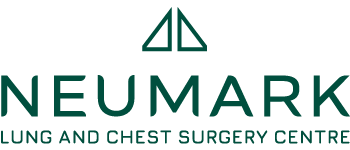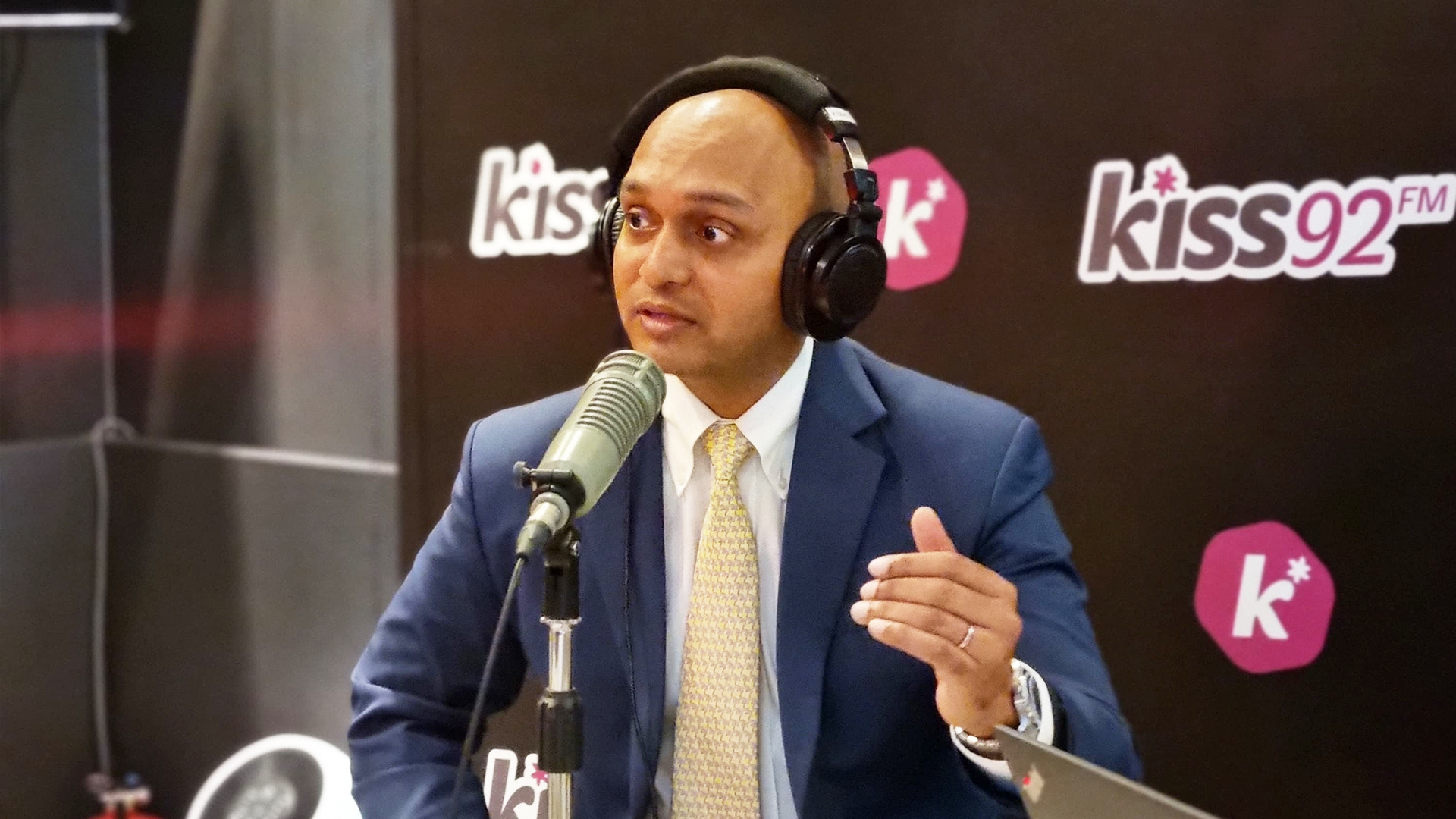Watch Dr Harish Mithiran’s Interview on KISS92’s The Big Show
Beyond smoking, what else causes lung cancer?
All the data from these years has proven that people associate lung cancer with smoking. So that has been set in our collective mindsets that if you smoke, there’s a high probability that you may get lung cancer. However, the unfortunate thing is that this is sort of a myth that smoking is the leading cause of lung cancer.
We’re discovering now that even if you don’t smoke cigarettes, especially in Singapore and of Asian descent, you can still get lung cancer.
So, what percent of lung cancer is caused by smoking? Even with a declining population of smokers in Singapore down to 10.1 percent, according to the Ministry of Health, the number of non-small-cell lung cancer (NSCLC) causes in patients has increased to 48 percent of those diagnosed with lung cancer who have never smoked.
| Read related article … Lung Cancer In Non-Smokers: No Longer Only a Smoker’s Disease |
The increase may be attributed to many factors, such as cooking with a wok and the fumes it produces. Or, in Buddhist temples, the joss sticks are akin to smoking a pack a day if you’re constantly exposed to the smoke they emit. Of course, lung cancer caused by air pollution is also a significant factor, but as everyone breathes in relatively the same air, it can’t be the primary cause.
We’re still trying to figure out why certain people are more susceptible to it while others are not.
We’ve made an alarming discovery, though, particularly in Asian females above 40: a gene mutation occurring in THIS generation, not inherited. This mutation, an abnormal change in a gene’s DNA, is often linked to cancer and is notably prevalent among women from regions including China, Taiwan, India, Singapore, Malaysia and the Philippines.

Out of the 50 to 70 types of mutations identified, the EGFR mutation is the most common. EGFR is integral to cell growth, but with this particular mutation, EGFR is perpetually “on,” driving uncontrolled cell growth as in cancer. And this is becoming the leading cause of lung cancer.
What causes lung cancer symptoms? Lung cancer often reveals signs too late. Known as the ‘silent killer’, it is typically early-stage asymptomatic. While a persistent cough, weight loss and loss of appetite can indicate its presence, many patients remain symptom-free until later when more alarming signs, such as coughing up blood, appear. Early-stage lung cancer often goes unnoticed, a challenge we see daily at our clinic.
How is lung cancer detected early if people are often asymptomatic?
So, X-rays aren’t used as screening tools at our clinic. A low-dose CT scan is the recommended standard of care for its capability to provide detailed examinations of the lungs. But, this raises a question concerning the balance between the risk of radiation exposure and the benefits of regular lung screenings. The term ‘low-dose’ signifies that radiation levels are considerably minimised to mitigate this concern.
| Read related article … Lung Screening for Smokers: Benefits of Early Detection |
In the scans, we look for nodules or something called ‘ground glass opacification’ that appears like discolouration in the lung to help us detect increased attenuations or lesions in the early stages of lung cancer.
When it comes to recommendations, there are no concrete guidelines. Our thoracic specialist recommends that people, particularly non-smokers aged between 40 and 45, consider undergoing a low-dose scan. Although not formalised in guidelines, this recommendation is a standard doctor’s prescription.
If you’re a smoker, then yes, getting checked for lung cancer is thoroughly recommended, perhaps once every five years, much like people undergoing scopes for colon cancer. Early detection is crucial in managing and treating lung cancer causes effectively.
What are some of the treatments that are available to treat lung cancer?
When a patient comes to us, we embrace a teamwork approach known as MDT or a ‘multidisciplinary team’. Think of it as a brain trust of medical minds all coming together to give you the best fighting chance for a lung cancer diagnosis. In many cases, it’s not just a lung surgeon in the room but also a respiratory specialist and an oncologist.
They huddle together, poring over each patient’s scans, bouncing ideas and insights off each other. It’s a collective effort where multiple expert opinions shape the patient’s treatment plan. It’s holistic and thorough — and indicative of the future of healthcare.
Initially, if causes of lung cancer are detected early, the ‘gold standard’ of care is surgery. We locate the affected area during the early stage and remove it. In the past, this involved making large incisions, a practice referred to as a thoracotomy, which had significant drawbacks.

Patients often face a challenging recovery, from losing part of their lungs, large incisions, and trauma to major muscles. However, technological advances have introduced minimally invasive procedures like keyhole surgery or Video-Assisted Thoracoscopic Surgery (VATS).
As medical practices evolve, we have incorporated digital technology into surgery, as in Robotic Assisted Thoracic Surgery (RATS). Using a robotic device does not mean the robot operates; the surgeon is always in control. The da Vinci robotic system enhances precision and control during the operation. All these advancements lead to smaller incisions on the chest.
| Read related article … Da Vinci Robotic Surgery for Lung & Chest Conditions |
Our surgeon dissects the blood vessels, arteries, veins and/or airways leading to the cancerous lesion in the lung, extracting it through a small keyhole incision. These incisions are typically made along the side of the chest, around the chest-line area, requiring only three or four minor cuts approximately 5-10 mm in size. The minimal scarring and the enhanced recovery process are notable improvements from more invasive surgical procedures.
Patients who once needed two weeks for recovery can often leave the hospital in three to five days.
Lung Cancer Causes Require Early Intervention
Patients seeking treatment at Neumark Lung and Chest Surgery Centre have the advantage of being under the care of a leading thoracic surgeon, equipped with groundbreaking technologies and backed by the latest in lung cancer research.
Our consultations and early detection screenings are pivotal, offering patients an enhanced chance to effectively preempt and manage cancerous growth.

